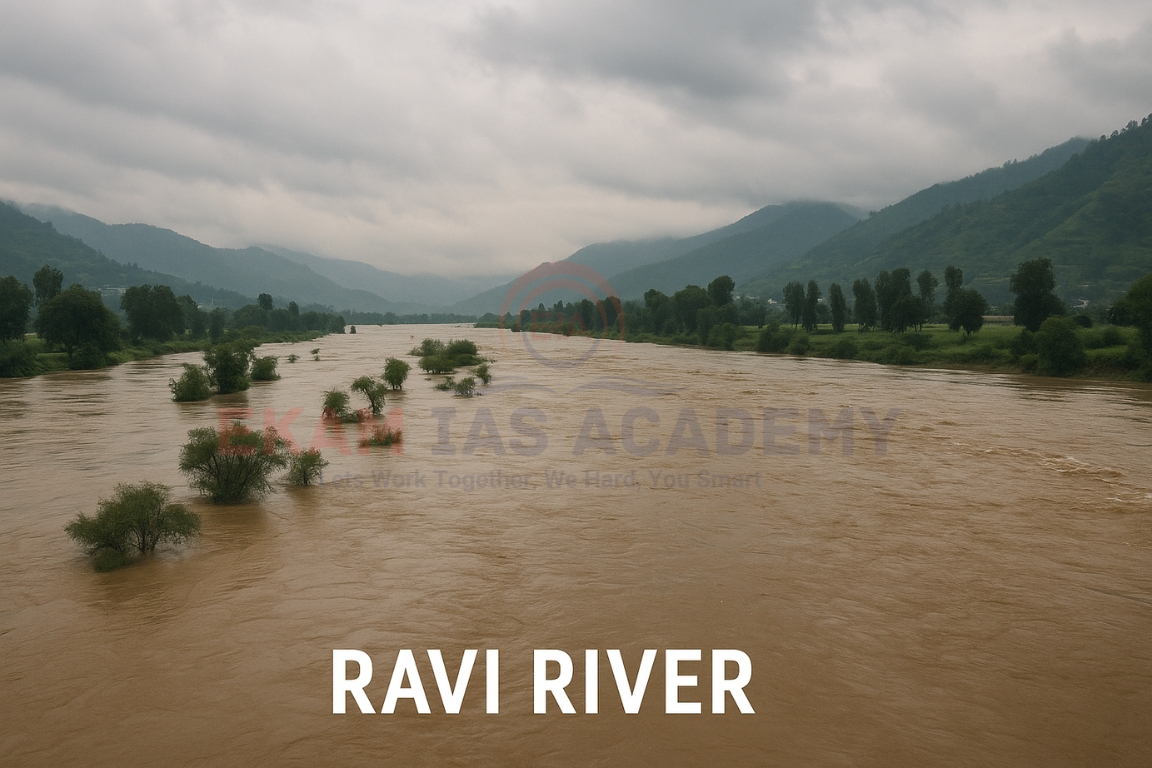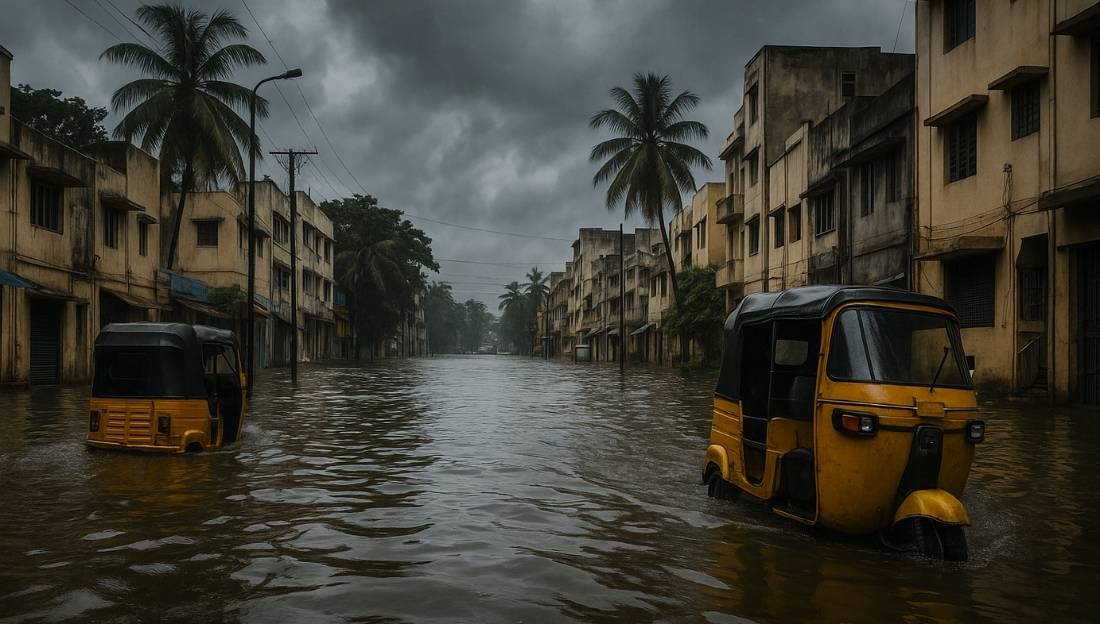The India Meteorological Department (IMD) clarified that while there is no clear rise in cloudbursts, cases of mini-cloudbursts are increasing in India. This comes amid reports of heavy rains causing floods and damage in northern states.
What is a Cloudburst?
- Definition: A cloudburst is a sudden, very heavy rainfall event — 10 cm or more in an hour over a small area (20–30 sq. km).
- Mini-Cloudburst: Rainfall of around 5 cm in an hour in a limited area.
- Key Features:
- Very intense and localised.
- Can cause flash floods, landslides, and severe damage.
- Currently impossible to predict accurately due to their small scale.

Key Highlights from IMD
- No rising trend in large-scale cloudbursts, but mini-cloudbursts are becoming more frequent.
- September Rainfall Outlook: Expected to be above normal (about 9% higher than the seasonal average).
- Monsoon Performance (June–August 2025):
- Overall rainfall 6% above normal.
- Northwest India: 26% more rainfall than average. Central India: 8.6% above normal.
- Southern Peninsula: 9.3% above normal. East & Northeast India: 17% below normal.
- More than 700 heavy rainfall events (20 cm+ per day) recorded in August, second only to 2024.
Reasons for Intense Rainfall
- A mix of western disturbances (storms from the Mediterranean) and Bay of Bengal systems converging over northern India.
- This led to repeated episodes of extreme rainfall in Himachal Pradesh, Uttarakhand, and Jammu & Kashmir, causing loss of lives and property.
WESTERN DISTURBANCES
Starting Point
- Western Disturbances are low-pressure(WARM WATER REGION) weather systems.
- They originate in the Mediterranean region (near Europe).
- They move eastwards, carried by westerly winds into Central Asia, Afghanistan, Pakistan, and then into North India.
Impact in India
Winter Rainfall
- Bring rain in north-western India (Punjab, Haryana, Rajasthan, Delhi, Uttar Pradesh).
- Very important for Rabi crops (especially wheat and mustard).
Snowfall in the Himalayas
- Cause snowfall in Jammu & Kashmir, Himachal Pradesh, and Uttarakhand.
- Helps maintain glaciers and rivers (water source for northern plains).
Temperature Effect
- Rainfall cools down the atmosphere during winters.
- Can sometimes lead to cold waves in northern India.
Floods and Hailstorms
- Excessive rainfall may damage crops.
- Hailstorms sometimes destroy standing wheat and mustard crops.
Interaction with Monsoon
- In summer (April–May), they can interact with monsoon winds and cause pre-monsoon thunderstorms (locally called Kalbaisakhi in West Bengal).
Western Disturbances start from the Mediterranean Sea and bring rainfall, snowfall, and storms to North and North-West India, helping crops but sometimes also damaging them.
Conclusion:
India’s monsoon is showing a trend of heavier rainfall events, especially mini-cloudbursts and extreme downpours. While IMD forecasts show overall above-normal rainfall, the challenge remains in predicting and managing localised, destructive rain events.





